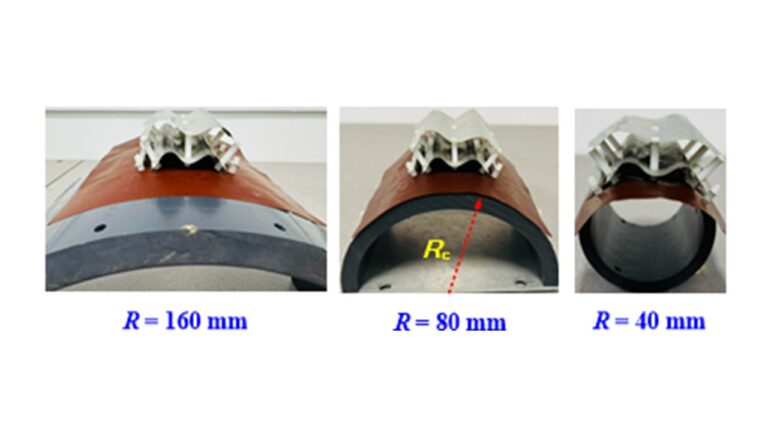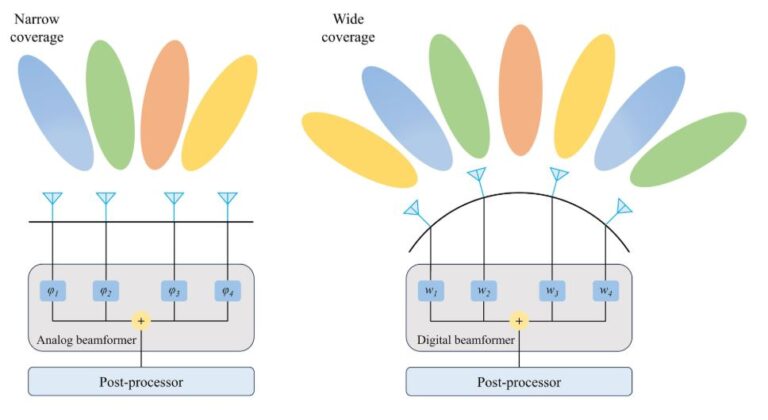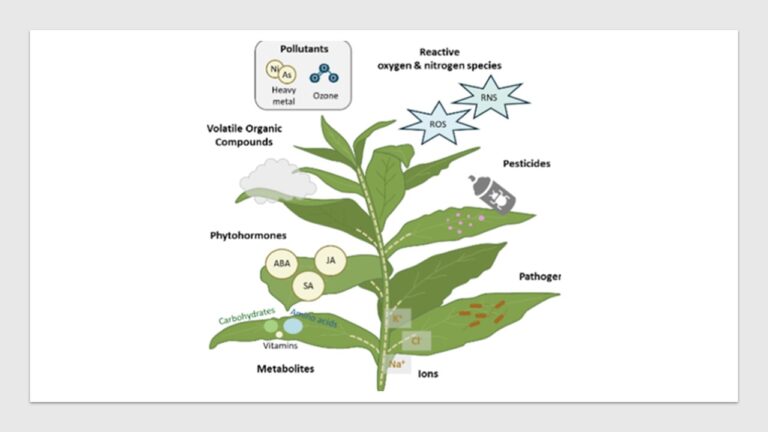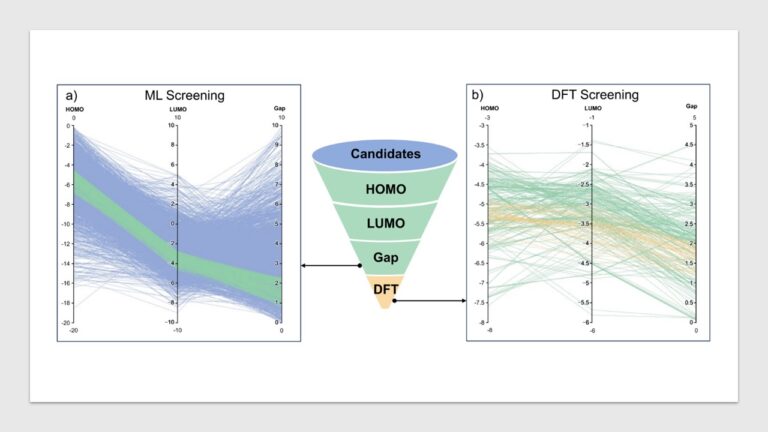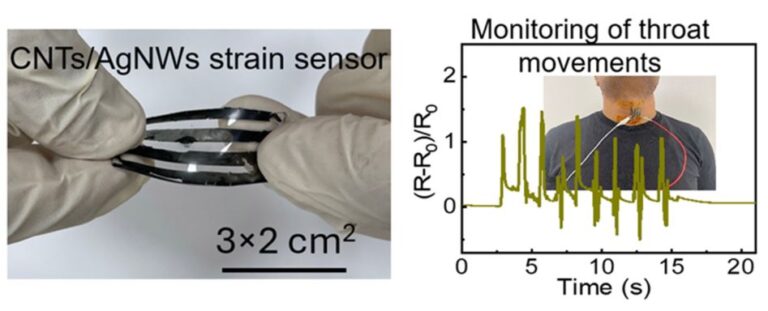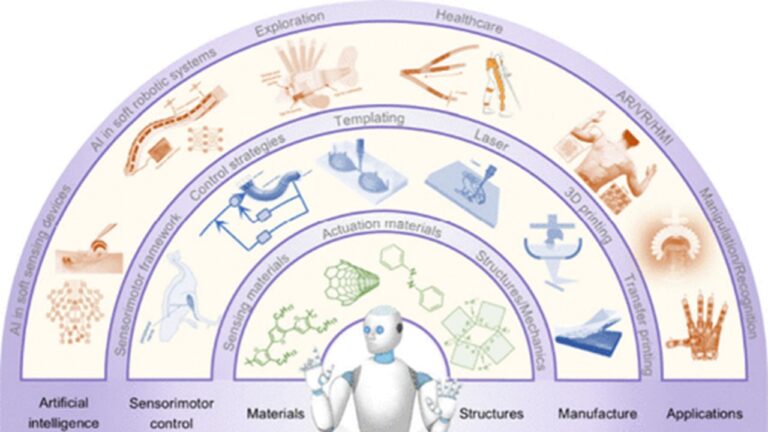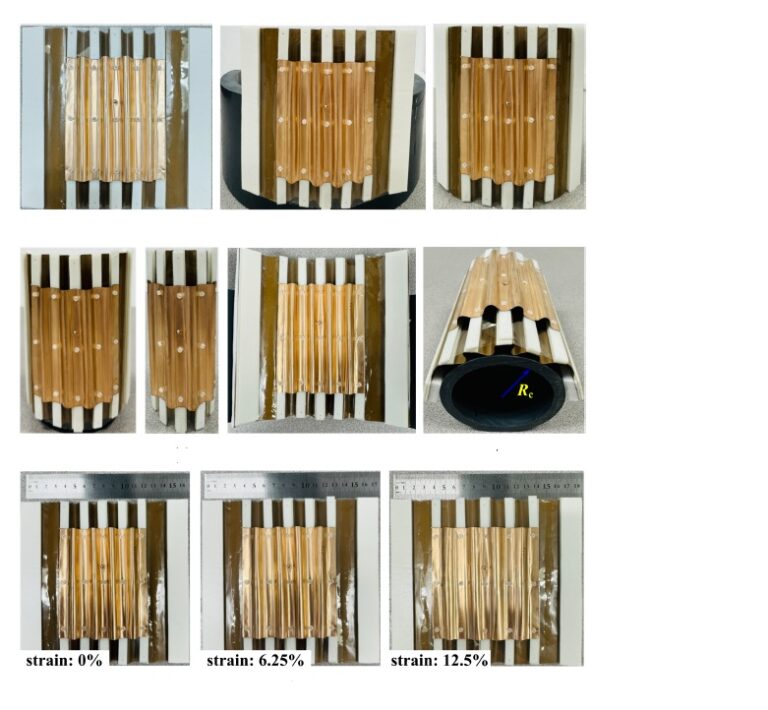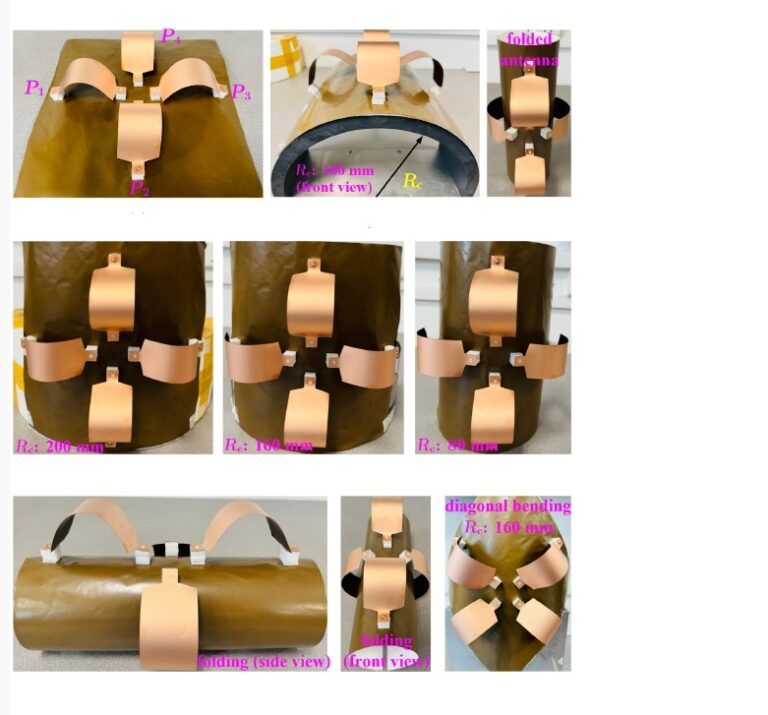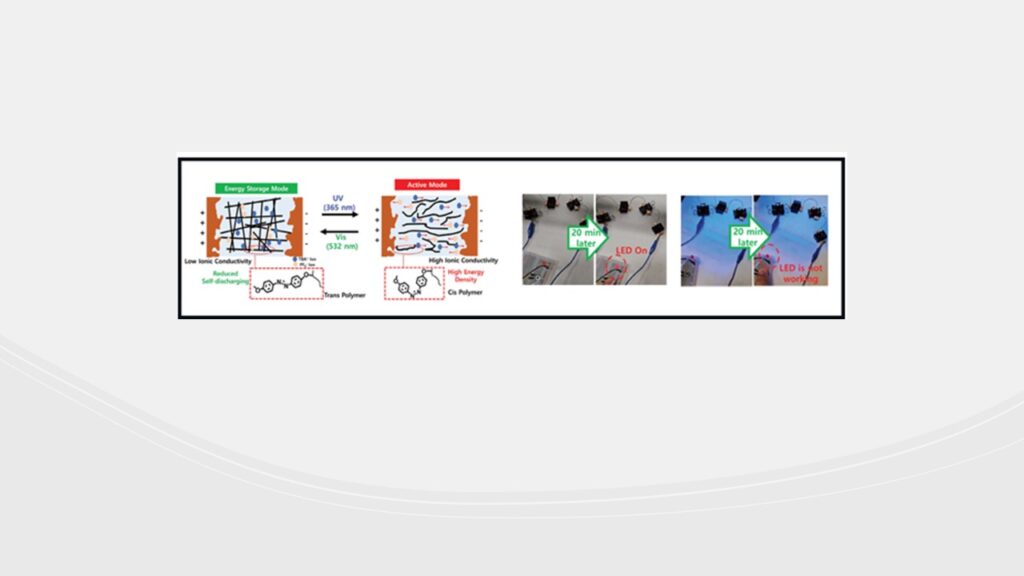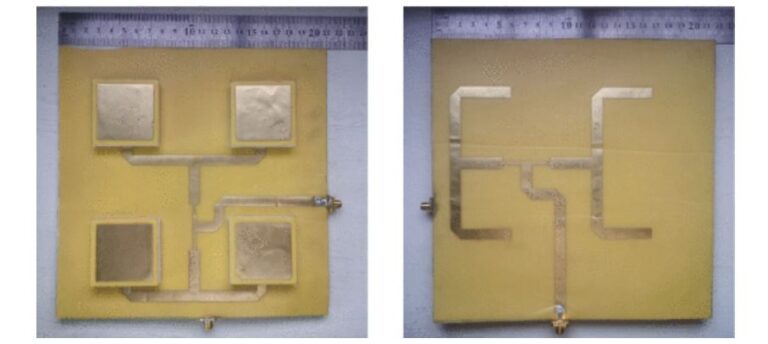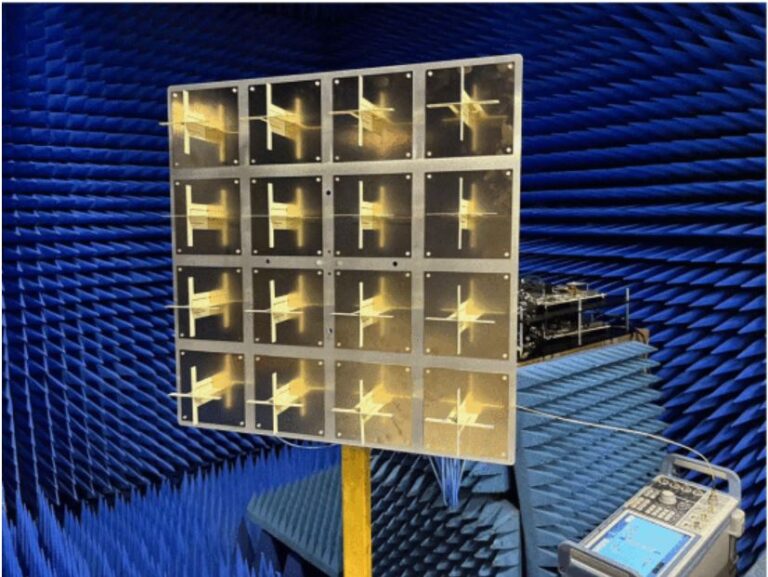Publication
- Multiaxis Bendable and Dual-Polarized Antenna Using Closely-Spaced Dual-Corrugated Patches

A dual-linear polarized quad-element multi-axis conformal antenna for L-band applications is presented. The lightweight and highly conformal antenna is designed by combining flexible copper-cladded polyimide (CCPM) film and PF-4 foam materials. The antenna comprises four dual-corrugated conformal antennas (DCCA), which offer better profile reduction and higher flexibility compared to the single-corrugated conformal antenna (SCCA). Exciting the four ports with different phases generates horizontal polarization (HP) or vertical polarization (VP). The single antenna and quad-element antennas are fabricated and measured for the flat case as well as conformed to a cylinder with radius of 200 mm,160 mm, and 100 mm. For the flat case, the quad-element antenna has a bandwidth of 8.0% (1.28−1.38GHz) and a boresight gain of 9.4 dBi and 9.2 dBi for VP and HP at 1.32 GHz, respectively.
Researcher/Author:
Dr Mohammad Ameen and Prof Koen Mouthaan
Published in: 2025 IEEE International Symposium on Antennas and Propagation and North American Radio Science Meeting (AP-S/CNC-USNC-URSI)
Date Added to IEEE Xplore: 08 December 2025
To download the paper, please proceed to:


